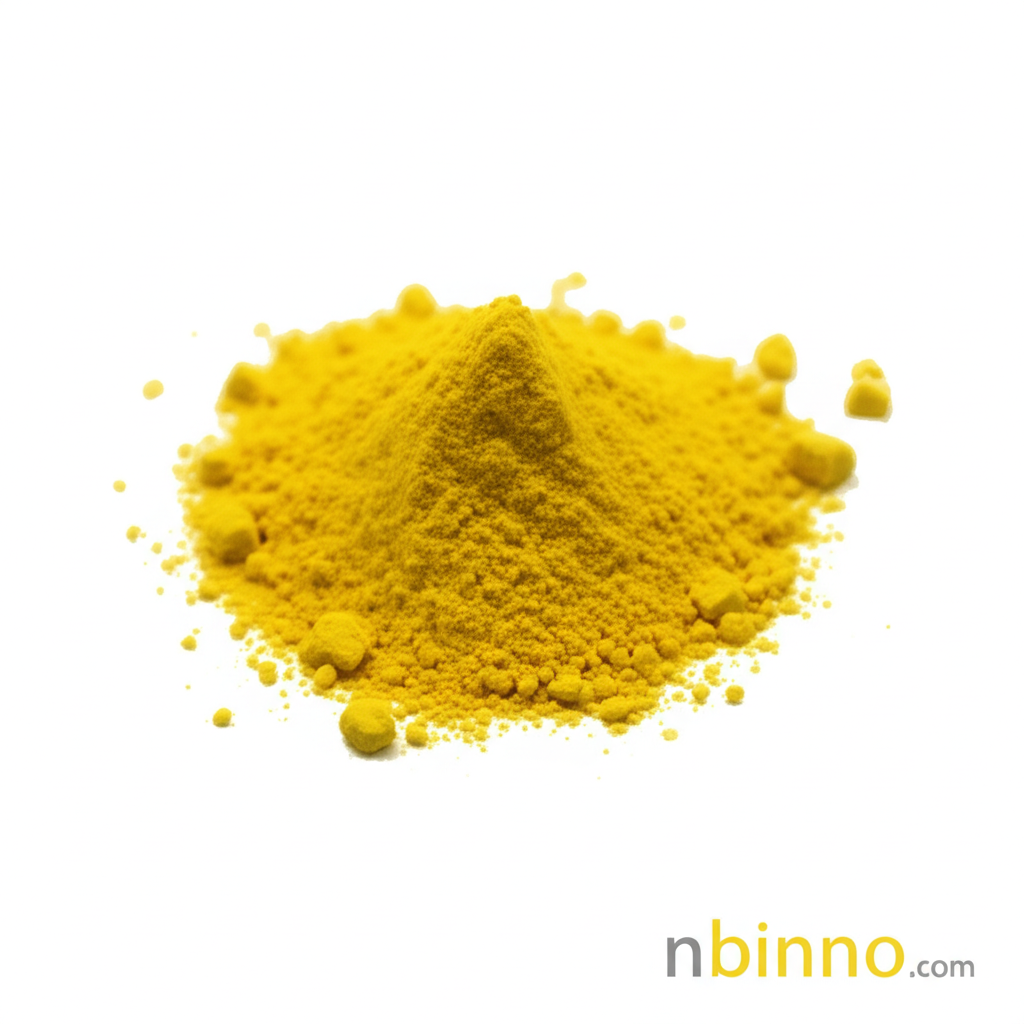6-Aminoquinoxaline: A Versatile Heterocyclic Compound for Pharmaceutical and Material Science Applications
Discover the diverse uses of this key intermediate in drug discovery, material science, and beyond.
Get a Quote & SampleProduct Core Value

6-Aminoquinoxaline
6-Aminoquinoxaline is a vital chemical compound with broad applications, serving as a cornerstone in the synthesis of sophisticated molecules across various scientific disciplines. Its unique structure and reactivity make it an indispensable component in advanced chemical research and development.
- Explore the synthesis of 6-Aminoquinoxaline for cutting-edge pharmaceutical intermediate production.
- Learn about the pharmaceutical intermediate 6298-37-9 and its critical role in drug development.
- Investigate the diverse material science applications of aminoquinoxalines for novel material creation.
- Understand the agrochemical applications of quinoxalines in enhancing crop protection and yield.
Advantages Offered
Versatile Synthesis Intermediate
As a key intermediate, 6-Aminoquinoxaline enables the efficient synthesis of complex molecules, facilitating groundbreaking research and development in pharmaceuticals and fine chemicals. Its role in organic synthesis is crucial for creating novel compounds.
Drug Discovery Potential
The compound's involvement in drug discovery, particularly for neurological disorders and cancer, highlights its significance in developing new therapeutic agents and understanding disease mechanisms. Its structural motifs are vital for targeted therapies.
Material Innovation
With unique electronic properties, 6-Aminoquinoxaline is explored in material science for applications such as organic semiconductors, contributing to advancements in electronics and optoelectronics. This facilitates the development of next-generation materials.
Key Applications
Pharmaceutical Synthesis
Used as a crucial building block for synthesizing active pharmaceutical ingredients (APIs) and intermediates, particularly in areas like oncology and infectious diseases. This directly supports the development of new drugs.
Material Science Research
Its unique electronic and structural properties make it a candidate for developing advanced materials, including organic semiconductors and ligands for coordination chemistry, driving innovation in materials technology.
Organic Chemistry
Serves as a versatile reagent and building block in various organic synthesis pathways, enabling the creation of diverse heterocyclic compounds with potential applications in diverse fields.
Agrochemical Development
Research indicates its potential use in creating novel agrochemicals, aimed at improving crop resistance against pests and diseases, thus contributing to sustainable agricultural practices and food security.
